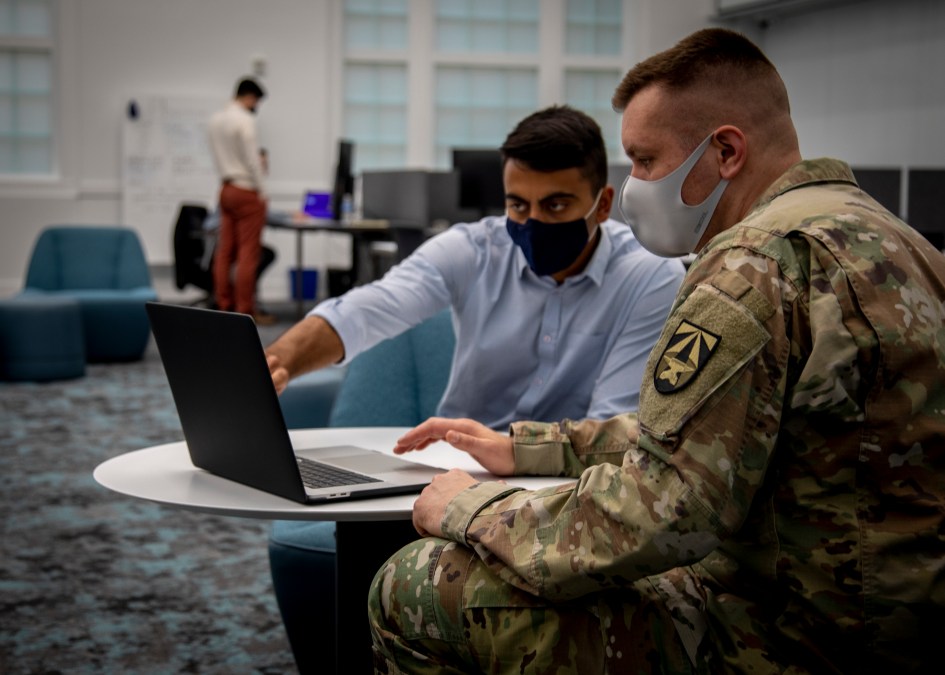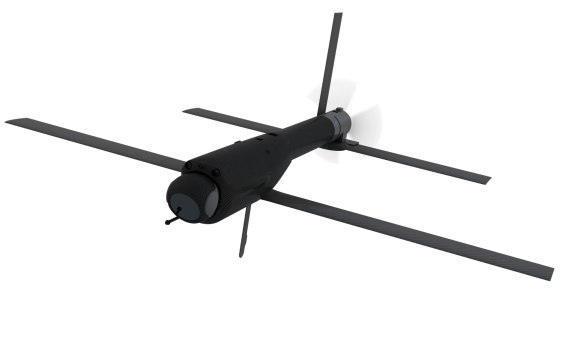Army wants more flexibility in budgeting for AI

The Army is looking to take advantage of new authorities for the digital age and will be making the argument to lawmakers that it needs more flexibility in tech areas such as artificial intelligence that don’t fall within typical budgeting cycles of traditional hardware.
“What I think could really help is for us to find a way to make a case with Congress for a little bit more flexibility on in-year funding,” Assistant Secretary of the Army for Acquisition, Logistics and Technology Doug Bush said Wednesday at the annual McAleese and Associates Defense Programs Conference, referencing funding in between standard annual appropriations.
Even within the Pentagon, the mentality is “‘Oh, my gosh, we don’t have any money for this, even though this great thing came along,’” Bush said, adding that Defense Department officials must make the case for more room to maneuver. He suggested the door is opening a little bit in this regard, specifically on counter-drone systems.
However, another area where Bush wants to see more flexibility outside the typical aquisition cycle is AI.
“AI could be another one where we make the case to Congress, get a little more flexibility on funding, that’ll let us go faster in cycle. But that’ll be a running conversation,” he said. “That’s one of the things I’m going to try to work with Congress on this year. We have to have to make a case for it, and we have to earn that flexibility by doing it well and showing Congress what we’re doing.”
The Army is already taking advantage of the software acquisition pathway. The DOD has sought to make the case for special authorities for software given it is iterative and not compatible with the traditional acquisition and budgeting cycle.
“The software pathway is actually more radical in some ways than any of the other new authorities. It is an effort, and I think a great one, to recognize how industry and how the private sector does software and get us much closer to that. We frankly had an industrial kind of approach to software,” Bush said. “I think we are getting points on the board in terms of getting Army software programs close to how the private sector does it.”
However, the funding for it is a bit different and requires ongoing conversations with Congress and inside the Pentagon.
“They all have to get on board with this new way of doing software, which recognizes that software is really never finished. It’s iterative,” he said. “You need a minimum viable product early and then you just keep spinning on that to improve it and get it in the hands of soldiers and get feedback. That’s not an easy one, but we’re committed to it and it’s a big deal.”
The Army has eight programs now using the software pathway and it’s looking to add eight more over the next year under the authority, according to Bush.
The service is also looking to upskill its acquisition workforce in software, Bush explained.
“We can’t have a waterfall requirements structure when we’re going to do it agile,” he said. “Upskilling the Army’s side of software knowledge, both users … [and] the great work going on at [Army Futures Command] and elsewhere about just increasing the Army’s institutional knowledge about software, putting it in the operating force, but also in acquisition. Upskilling the acquisition workforce to be better partners with industry and actually know what we’re doing, or know what we’re talking about when we’re engaging with industry that’s moving at lightspeed on software.”






